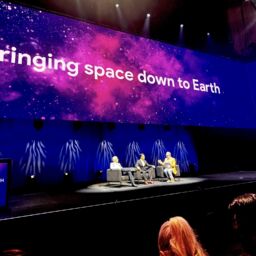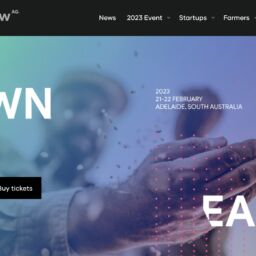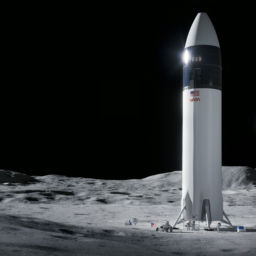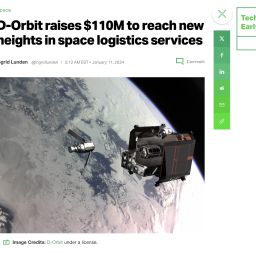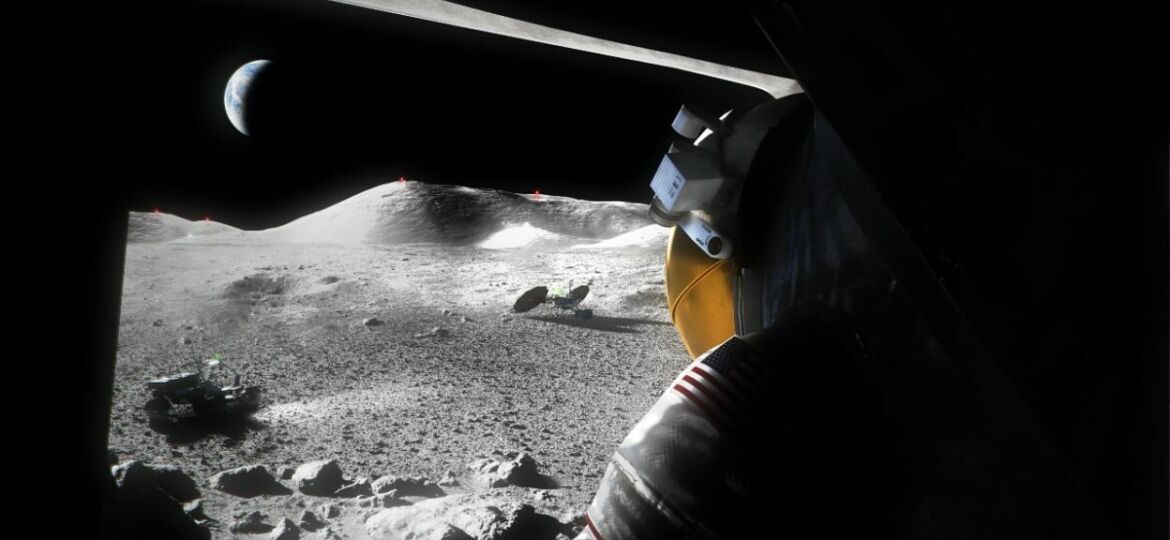
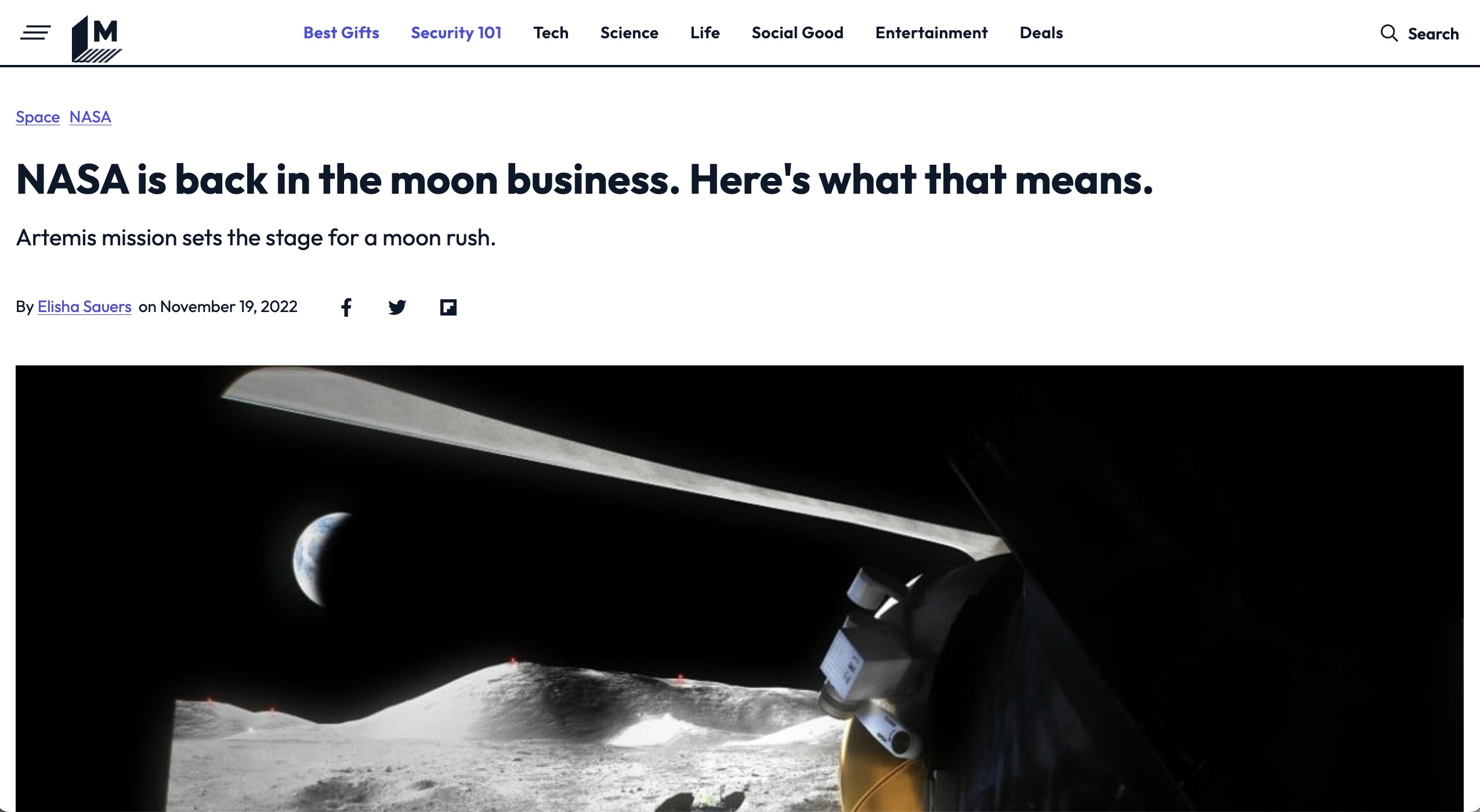
NASA is back in the moon business. Here’s what that means: Artemis mission sets the stage for a moon rush.
As of Nov.16, NASA is back in the moon business. When the Space Launch System, NASA’s new 322-foot megarocket, tore through the sky with the inaugural test flight of the Orion spacecraft, it signified the start of something new — a quest to take humankind multiplanetary. Though no one is inside Orion for the Artemis I mission, a successful empty test flight will clear the way for astronauts aboard the spaceship next time, with a sequel mission slated for as early as 2024.
Why the renewed interest after all these decades?
The discovery of water on the moon — once thought of as an arid wasteland — was the game changer. Suddenly, Earth’s orbiting satellite presented a lot more scientific and money-making possibilities.
Water frozen in dark craters at the moon’s poles could be mined for drinking water. It could also be split apart into oxygen for breathing and hydrogen for rocket fuel. Some speculate the fuel would not only be used for traditional spacecraft, but perhaps thousands of satellites that companies are putting into space for various purposes.
Avoiding the exorbitant costs of toting heavy fuel on rockets, which require extreme amounts of propulsion to break free of Earth’s gravity, could save a fortune. That means the moon could become something of a space gas station.
The moon’s business case
That’s why Scott Amyx, managing partner of Astor Perkins, a space-investing venture capital fund, calls the moon “the eighth continent,” ripe for industrialization.
“It’s more than a science experiment,” Amyx told Mashable, thinking aspirationally about missions even beyond Mars well into the future. “It is a stepping stone. The moon represents automation of lots of different resources and capabilities that will be a launch pad for us to pursue.”
Soon, he believes, every major manufacturing company will want to participate in the lunar-based economy, which may present financial opportunities in mining, energy, real estate development, transportation, telecommunications, computing power and data storage, and tourism.
Yes, tourism.
A few companies have already announced ambitious plans to build space hotels and mixed-use space stations with room to host hundreds of guests. Think of the miles of hydroponic vertical farming needed to feed those people, Amyx said. He sees trillions of dollars’ worth of new ventures.
“Many legacy family offices made their money during the Gold Rush not from gold, but by having trade posts,” he said. “They were the first general store that provided goods and sold things to the miners. They came from all over, and that’s how they became wealthy … That’s really where things are.”
To read the full article, visit https://mashable.com/article/why-nasa-going-to-moon-artemis
ABOUT ASTOR PERKINS
Astor Perkins is a deep tech and sustainability VC that backs mavericks solving some of the hardest problems facing humanity on Earth and in space.
From climate change mitigation and adaptation, longevity and human survival on Earth and in deep space, to the space economy itself, We are tackling some of the most difficult scientific, engineering and technical problems that have global market potential.
Sector Coverage
Survival & longevity, biotech, life sciences, health, agtech, foodtech, climate change mitigation & adaptation, sustainability, impact investing, AI/ML/DL/NN, robotics, autonomy, autonomous vehicles, cybersecurity, renewable energy & storage, hydrogen, nuclear fusion, quantum computing, quantum information/ teleportation, space, rockets, satellites, satellite servicing, space tourism, space stations, lunar moon base, asteroid mining, and terraforming.


